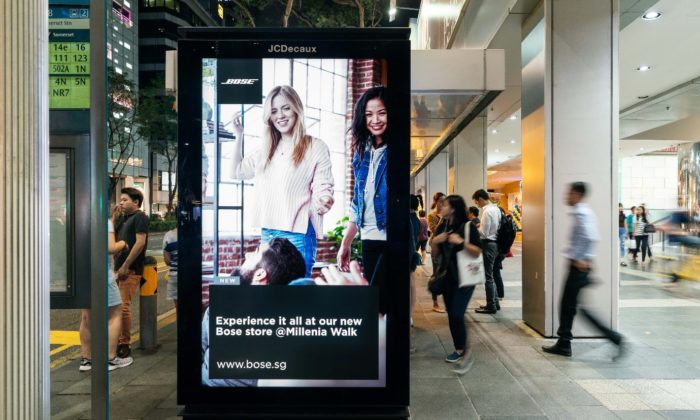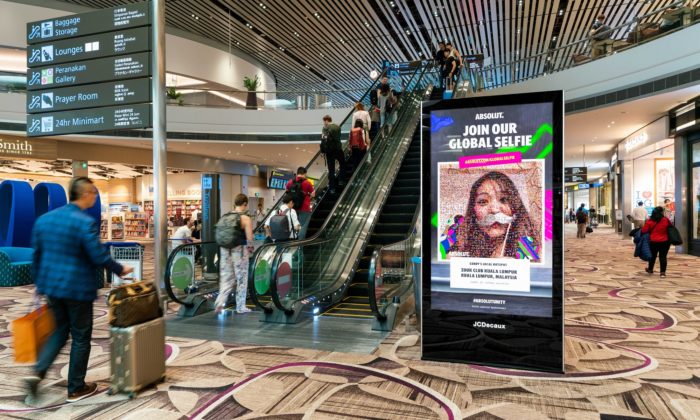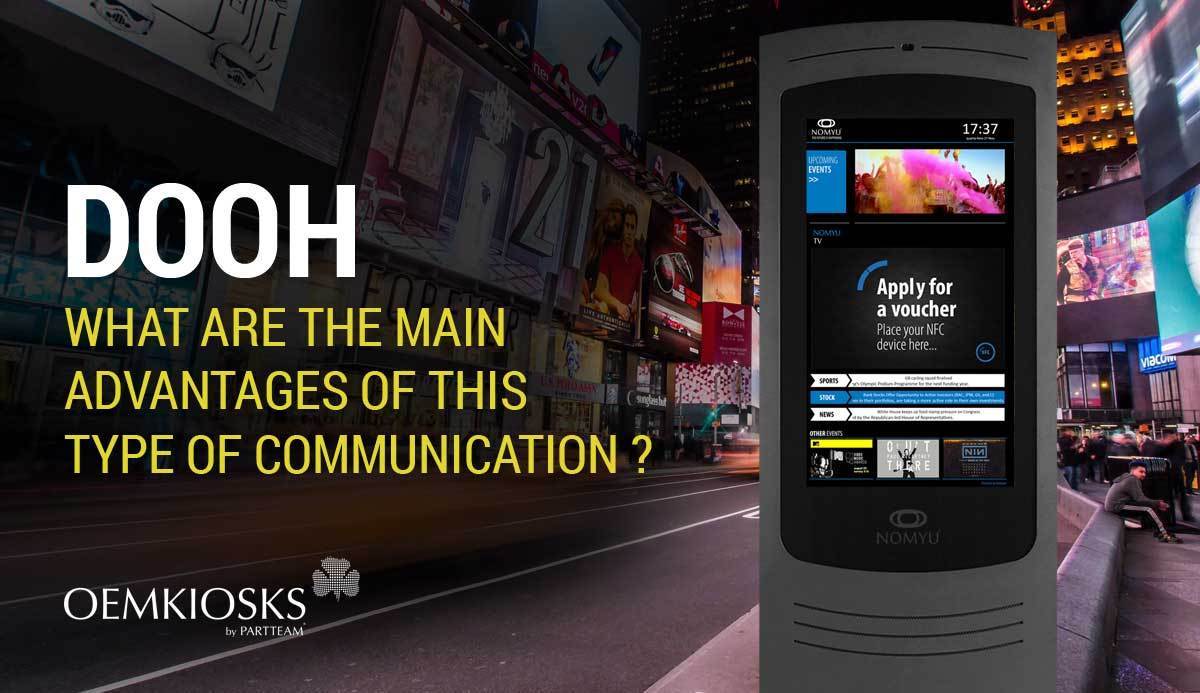DOOH - NEW TRENDS IN OUTDOOR ADVERTISING
Project detailings
Project's infomation
Digital has dominated all aspects of marketing and OOH is no different. In a conversation with JCDecaux Singapore's director of marketing and communications, Isaline Duminil shared how with the popularity of mobile devices, consumer habits have changed. Duminil explained that the problem is not about keeping consumers away from mobile phones, but how OOH and mobile devices work in parallel to communicate effectively.

More here on how the OOH space has grown with the rise of digital OOH and what customers really want from the amount their marketing has spent.
With the increase of DooH, what do you think about the expectations that customers are seeking on OOH ads?
Out-of-Home (OOH) is the most traditional form of advertising and is effective in raising brand awareness and driving traffic to the store due to its proximity to the point of sale. This is still true today when OOH draws the audience in the right frame of mind to spend. According to Outsmart, OOH is the dominant means to reach shoppers half an hour before buying, which is called the ultimate window of Nott's influence.
In today's media landscape, the expectations of advertisers have grown with the advent of online advertising. This has brought about expectations of audience targeting, performance metrics and measuring profits when planning and executing campaigns. To be more responsible for OOH media at airports, JCDecaux has exploited its unique global presence on five continents to develop an Airport Object Measurement system. The new system provides a standardized set of global metrics for advertisers and agencies to estimate campaign metrics, namely unique passengers, total impressions, frequency. and reach. To complement this, we are implementing technology to help advertisers track ROI, such as increased visits and working with advertisers to understand consumers' buying paths. used to optimize.
Q Media emphasizes how consumers' expectations have changed in addition to seeking information, with 61% wanting ads to be customized according to their interests and needs. This certainly leads to the boundaries of the media being tested. As consumers seek entertainment and engagement, customers are challenged to develop new ideas and enhance customer journey through brand experiences. In order to meet such needs, digital OOH must offer more creative possibilities through interactive and refreshing content.
JCDecaux achieves this by using contextual ads adapted from external triggers, including weather, time, location, social feeds or custom feeds, to Provide dynamic content on the screen. Studies in the UK have shown an 18% increase in brand awareness, 12% more reminder awareness and 53% higher message recall when using dynamic content. In this way, content scaling has proven to be more effective at capturing audience attention, boosting brand awareness and ad recall, turning to increased ROI.

How can OOH advertisers prevent consumers from looking at mobile devices or effectively communicating with the mobile population?
Given the popularity of mobile devices, it's not about keeping consumers away from mobile phones, but how OOH and mobile devices work in tandem to communicate effectively.
An OOH Online Activation survey conducted by Nielsen shows that OOH continues to provide more online activity per advertising dollars spent than other traditional media. Rapport also reported that there was an 80% increase in search activity as a result of OOH ads. Outdoor media accounts for 26% of the total search activity generated by traditional media, making it an ideal platform for brands that want to drive online traffic. It is clear that OOH campaigns trigger an action, a desire to seek and share, which is facilitated by the popularity of mobile devices.
In fact, mobile is the first media channel to integrate advertising offers with OOH by taking advantage of the following location-based approach to target audiences and attract consumers across multiple contact point. The widespread use of mobile phones as a content creation device along with easy sharing on social media platforms gives brands the opportunity to gain traction through content that spreads across creative OOH campaign.
There are many options to encourage interaction between mobile and digital screens, the simplest of which is the QR code, while recent solutions take advantage of the beacon technology connected to WeChat integrated directly in application to trigger push notifications when consumers pass OOH tables.
Digital OOH accounted for 37.3% of total OOH spending globally in 2018 and is expected to surpass traditional spending by 2020. While digital OOH spurs growth in the industry, it's important is to take advantage of this trajectory by touching the digital screen, with programming media serving as a catalyst.
Contrary to this positive outlook, JCDecaux Corporation, in partnership with Veltys, has launched VIOOH, a global independent automated trading and planning platform to promote OOH industry growth and connect the industry with Programmable digital ecosystem.
The rise of the show offers a great opportunity for OOH to provide more relevant content, better audience engagement and a simplified purchasing process. OOH as a traditional means still has many different barriers to entry, such as spending and the buying process is mostly manual, even for large purchases. By plugging the OOH into the Bridge-side Platform (DSP), we will lower those barriers, providing a unified platform where media planners who buy their media buy other formats. each other, including online advertising. This also gives OOH access to the budget that brands allocate for digital advertising. The automation of OOH digital media is leading the change in the industry by enabling a data-based, audience-based approach to media buying.

How can programming in traditional media like OOH be combined and play an important and effective role in other forms of marketing such as retail or multi-channel marketing?
By providing media planners a unified platform for real-time media planning and purchasing, we are facilitating the planning of advertiser contact points along the way. of cutomer. This will also make it easier for advertisers to track attribution.
The nature of outdoor media ensures the position of the advertisement as well as the distribution to the actual audience. In today's fragmented media landscape, the power of OOH as a one-to-many means allows it to be unaffected by the popularity of media channels, to reach out to the vast majority of people who are spending time. outside house.
Source: JCDecaux Singapore



